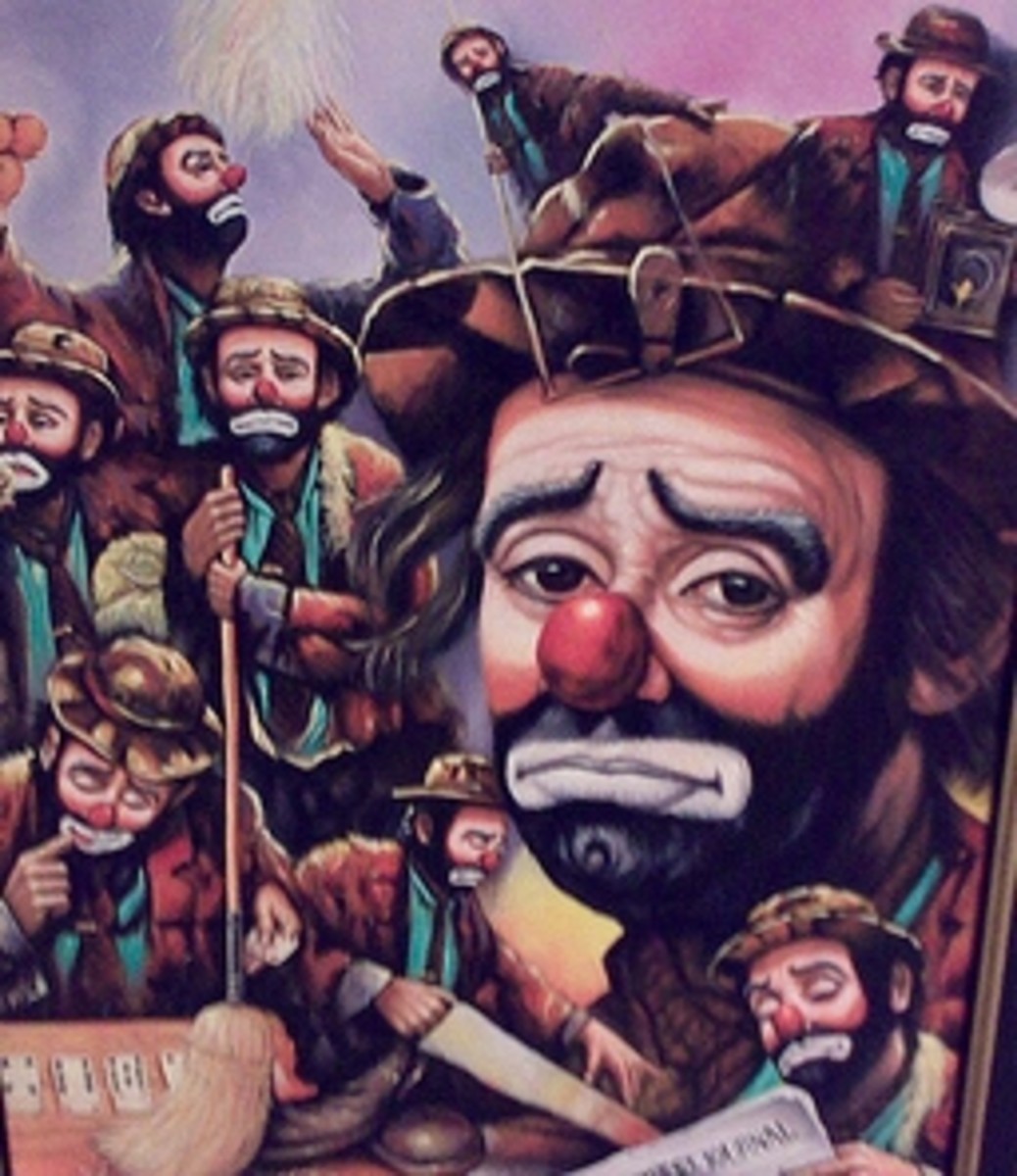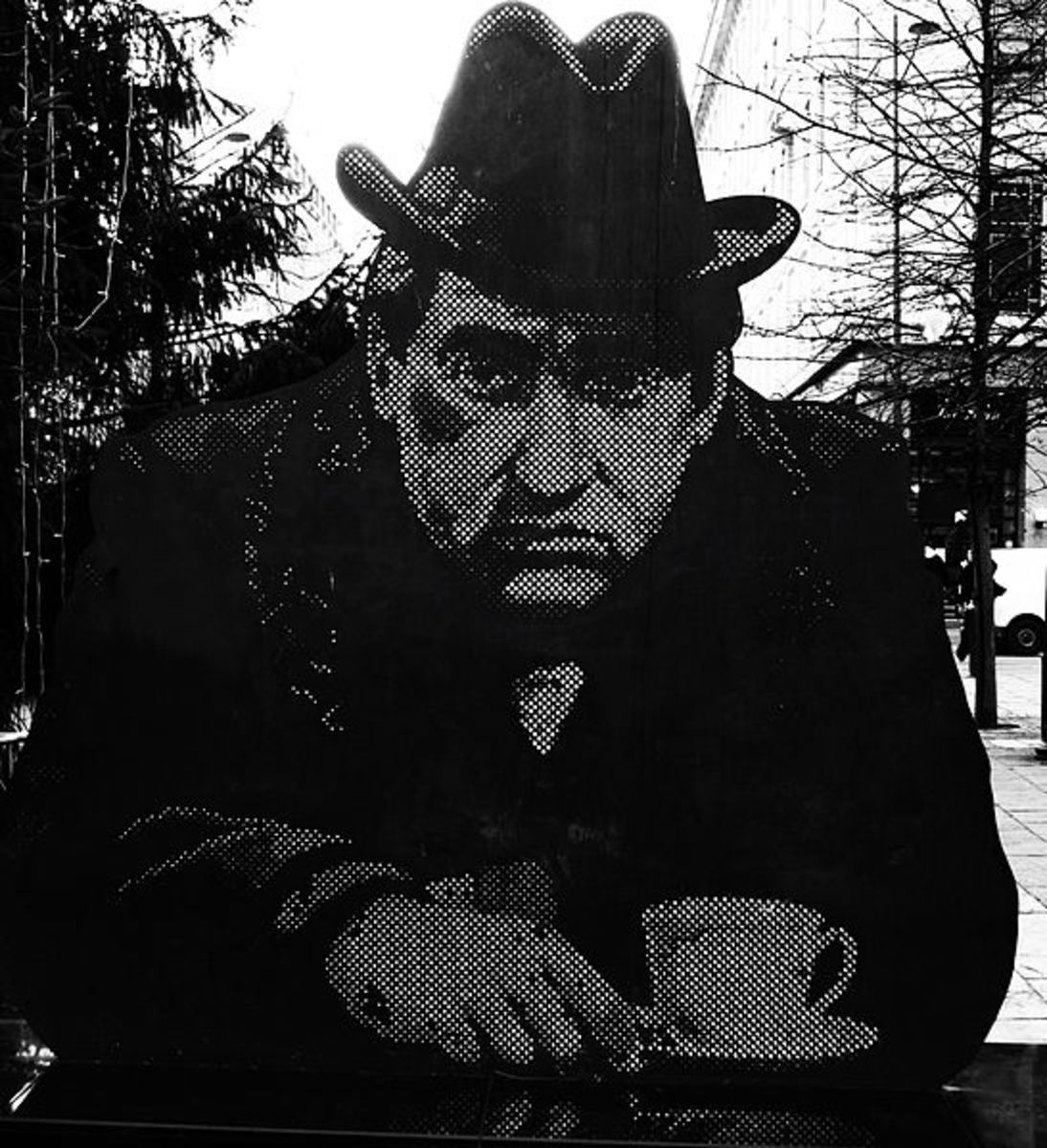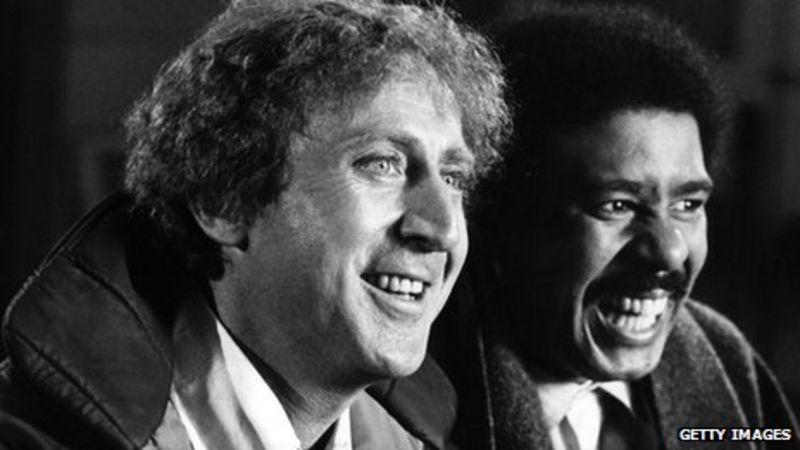How to Talk to Anyone (Junior Talker #5) by DeYtH Banger (you can read anyone TXT) 📖

- Author: DeYtH Banger
Book online «How to Talk to Anyone (Junior Talker #5) by DeYtH Banger (you can read anyone TXT) 📖». Author DeYtH Banger
Despite his enormous success, the seeds of the demons planted in his childhood were growing vigorously. He self-medicated with cocaine, massive amounts of it. During one drug-induced haze in 1980 he doused himself with rum and set himself on fire in what he later admitted was a suicide attempt. He survived but his health deteriorated and he died of a heart attack in December 2005 at the age of 65.
Carry-On Star Kenneth Williams
Kenneth Williams played the camp and effeminate gay to the hilt, but underneath this theatrical persona was a man who felt deep shame over his homosexuality.
 Source
Source
His father, Charlie, was bitterly homophobic and Kenneth hated him. There was great tension between Charlie and his son that seemed to cast a shadow over Kenneth’s life.
In 1962, Charlie Williams died in mysterious circumstances, having drunk from a bottle that carried the label of a cough mixture but in fact contained a cleaning fluid, carbon tetrachloride.
The verdict was accidental death, but police always suspected Kenneth had a hand in switching the contents of the bottle.
Despite his huge successes he lived alone in shabby apartments and struggled to come to terms with his sexual orientation; it was a struggle he never resolved. His personal diaries reveal a man often close to despair and entertaining suicidal thoughts.
The last entry in his diary reads “Oh - what’s the bloody point?”
He died in April 1988 from an overdose of barbiturates. The coroner could not decide whether his death was suicide or an accident.
Williams once said “I certainly wouldn’t call myself a happy human being. All the comedians I’ve known have been deeply depressive people, manic depressive ... They kept it at bay with this facade.”
The Death of Kenneth WilliamsYou opted out of youtubeTony Hancock
Tony Hancock was the grand master of situation comedy. He starred in the eponymous show Hancock’s Half Hour on radio and television in Britain in the 1950s and early ‘60s.
In the show, written by the brilliant team of Ray Galton and Alan Simpson, he played the character of Anthony Aloysius St. John Hancock, an out of work actor.
Each episode dealt with some self-inflicted travail triggered by the loser personality of the character.
 Source
Source
Despite the portrayal of the often pompous, snobbish, and egotistical person, Hancock became one of Britain’s best-loved comedians. The Queen Mother once told him “In our house we all stop when Hancock’s Half Hour comes on.”
But, he was highly self-critical and lacked confidence in his abilities. He gradually broke away from friends and colleagues; a separation made easier for them as his drinking became heavier and heavier. By the mid-1960s he had fallen into a self-destructive spiral of depression after several failed attempts at new shows.
His life came to end in June 1968 at the age of 44. Along with an empty vodka bottle and a scattering of the few amylo-barbitone tablets he hadn’t taken was a suicide note that read in part “Things just seemed to go wrong too many times.”
The Death of Tony HancockYou opted out of youtubeOthers Pursued by Demons
Sadly, the four tormented people briefly profiled above are not alone.
It’s a cliché, of course, the clown who weeps on the inside – Charlie Chaplin’s Little Tramp, Pagliacci, Archie Rice as portrayed by Lawrence Olivier. But many comedians have battled depression – Dick Cavett, John Cleese, Peter Cook, Jima Carey, Rosie O’Donnell, Spike Milligan, and Andy Dick a friend of Robin Williams who says he’s “been in rehab 17 times.”
Stephen Fry has bipolar disorder. In 2006 he hosted a TV documentary titled The Secret Life of the Manic Depressive. In 2013, he revealed that he had tried to take his own life a year earlier: “I took a huge number of pills and a huge [amount] of vodka.” This produced convulsions so violent he broke four ribs.
Jonathan Winters spent some time in a psychiatric hospital and Dick Van Dyke confessed that he was “mostly drunk for 15 years.”
Ray Combs was a stand-up comedian who came to fame as host of the game show Family Feud. A car accident, divorce, and financial ruin plunged him into depression. He hanged himself in a psychiatric ward while under evaluation.
Swedish comedian Micke Dubois chose the same exit route in 2005.
American stand-up and Tonight Show regular Richard Jeni suffered from depression and psychotic paranoia. He ended his life by gunshot in March 2007.
Freddie Prinze, star of Chico and the Man, was yet another depressed comedian who took his own life in 1977.
None of this surprises Mark Breslin, the founder of a chain of comedy clubs called Yuk Yuk’s. He’s worked with thousands of stand-up comics over the years and says “Nobody gets into the comedy world because they’re happy people. Nobody – including myself.”
Bonus Factoids
Let’s let Discovery News sum up “While reasons for connections between occupation and suicide are speculative, suicide researcher Steven Stack of Wayne State University [says] statistics show that suicides make up three percent of deaths of artists and performers, including comedians (suicides account for 1.5% of all deaths in the U.S.).”
The story is that a man went to see a doctor and told him “I’m lonely and depressed.” The doctor advises to “Go to the circus. The clown will make you laugh and you’ll feel better.” The man replies “I am the clown.”
Note: After all we don't have what to say... so let's put this shit down... there...
The demons that drove Richard Pryor to make us laugh
By Chris Summers
It is eight years since comedian Richard Pryor died, aged 65. A new documentary sheds light on his life, his bizarre childhood and the demons that tormented him and may also be responsible for his genius.
There are a handful of groundbreaking comedians who have changed the rules of the game.
Lenny Bruce, Tony Hancock, Monty Python, Andy Kaufman perhaps.
Richard Pryor was one of those comedy iconoclasts.
He was not the first black stand-up comic. Bill Cosby, Redd Foxx and Dick Gregory came before him.
But Pryor was a "game-changer" whose on-stage style would make him the most influential comedian of his generation, especially for black comics such as Eddie Murphy, Chris Rock and Dave Chappelle.
The Emmy Award-winning Marina Zenovich, who made the Storyville documentary Richard Pryor: Omit The Logic, tells the BBC: "He broke the barriers about talking about race and sex.
"When you hear him do those routines they are making it easier for people of different races to talk to each other and laugh with each other. It was groundbreaking."
Her film shows how Pryor started out in the 1960s and was all set for mainstream success until he realised one night on stage in Las Vegas that he was not being true to himself.
Pryor dropped out for a couple of years and when he returned he introduced a sharper, more foul-mouthed style that was more "street".
His delivery, littered with the n-word, hit a nerve with black audiences and with those who caught his act through his hugely popular live albums.
After Pryor's death in 2005, British comedian Lenny Henry told the BBC: "I started listening to him in 1977, when a guy in a record shop had this album called That Nigger's Crazy. He showed it to me and I was going to punch him, but he said: 'Listen to it, that guy's really funny.'
"Apart from the use of the word 'nigger', apart from the prodigious swearing, I thought, 'This guy's a genius.' He documented every pain, every abuse he'd ever suffered in his life, and he made it funny."
In 1979 Pryor visited Africa for the first time. When he returned to the US from Kenya, he vowed never to use the n-word again.
Zenovich says: "Imagine what that moment was like for him. No-one knew who he was. It was like going back to your land. He decided to stop using the n-word. He had this epiphany."
Among those interviewed for the film were actors and comedians Robin Williams, Whoopi Goldberg, Lily Tomlin and Mel Brooks as well as a number of the women in his life.
Williams recalls the thrill of seeing Pryor live on stage: "It was like saying you saw [saxophonist John] Coltrane."
But Zenovich says several key individuals refused to be interviewed - Murphy, Cosby and actress Pam Grier.
Grier was one of many women in Pryor's life. He was married seven times to a total of five women.
The film tells how he dated Grier - star of many blaxploitation films in the 1970s - for 18 months but ended up marrying another woman whom he had got pregnant.
The son of a prostitute and a pimp, Pryor grew up in a brothel in the town of Peoria, Illinois, and later made wisecracks on stage about his bizarre upbringing.
He would also joke about his sex life, his marriages, his relationship with cocaine and even about having a heart attack.
But the quips on the surface masked a sensitivity that led to him "self-medicating" with alcohol and drugs.
Actor Stan Shaw, who starred with him in Harlem Nights, says: "Success doesn't change you. It just magnifies who you are."
Pryor's friend and producer, David Banks, said the comedian had about 13 personalities and while you could deal with nine of them, the other four were a nightmare.
Jennifer Lee, who was wife number four and seven and became his widow, recalls the time he discovered freebasing cocaine.
She says: "After two weeks of watching him getting addicted to this stuff I moved out. It was clear the drug had moved in and it had become his lover and everything. I did not exist."
The drugs may have helped to obliterate memories of his childhood, during which he was also abused by a neighbour.
Michael Schultz, who directed Pryor in the film Which Way Is Up?, says: "His sensitivity made him so brilliant as a comedian but some things were so painful that he wanted to be somewhere else."
His grandmother Marie Carter was a brothel madam and a dominant matriarch whom he loved, feared and possibly loathed.
 Image caption
Image caption
Pryor's film career was not wildly successful, despite movies like Stir Crazy with Gene Wilder
Zenovich, who has made award-winning documentaries about film-maker Roman Polanski and disgraced French tycoon Bernard Tapie, says: "If his grandmother was alive, I would have done that interview in a heartbeat. But we went to Peoria and it didn't work."
So none of the Peoria footage made it into the final edit.
Pryor's grandmother's death arguably tipped him over the edge.
In 1980 he almost died after apparently dousing himself in rum and setting himself on fire while freebasing cocaine.
Pryor's doctors thought he was unlikely to survive the severe burns he suffered, but within a year he was back on stage making self-deprecatory gags about the incident.
He would light a match, wave it in the air and joke: "What's that? Richard Pryor running down the street."
Pryor bounced back with such success that he was offered a $40m (£25m) deal to make seven films for Columbia Pictures.
But apart from the occasional gem, such as Stir Crazy with Gene Wilder, his movie career was not a great success.
Zenovich, who admits being a huge Richard Pryor fan, says the Storyville film came about after Pryor's widow Jennifer offered access to his archives.
She says: "I thought it might be an issue that I was not African-American, but it wasn't. They hired me more for my heart and soul than for the colour of my skin."
The first edit of the film focused heavily on the fire incident and Zenovich says the audience at test screenings did not like it.
She says: "They said it needed to be more funny, not so depressing. He was such an icon we needed to deliver what the people wanted and they wanted to laugh more."
The finished film is set to be nominated for awards and Zenovich says she has heard there are plans for a





Comments (0)